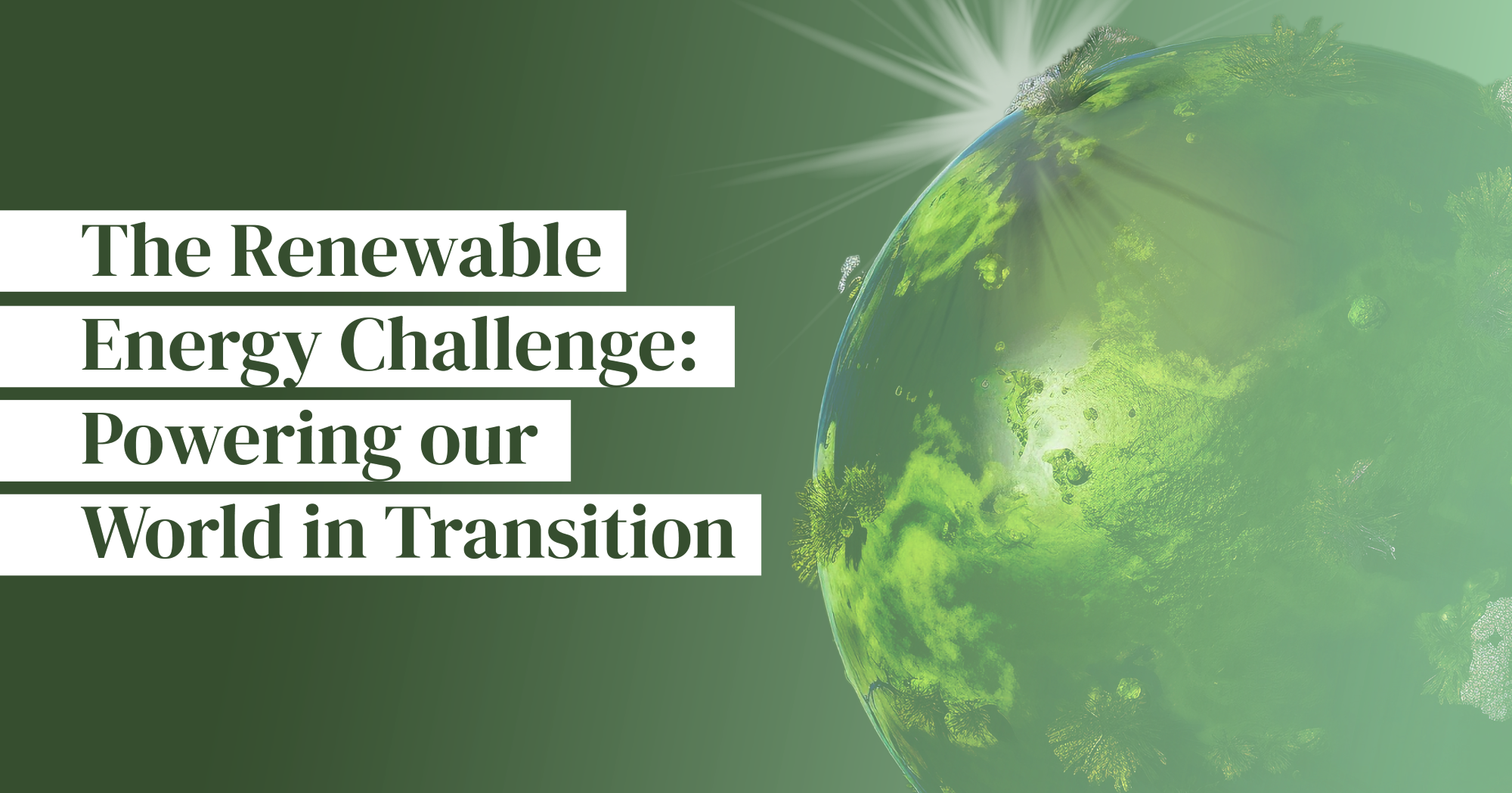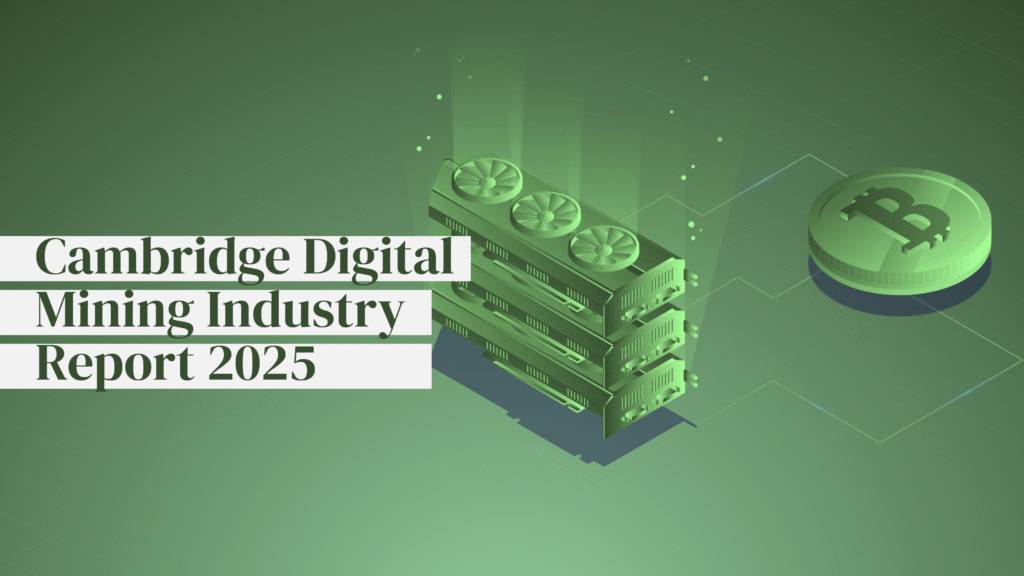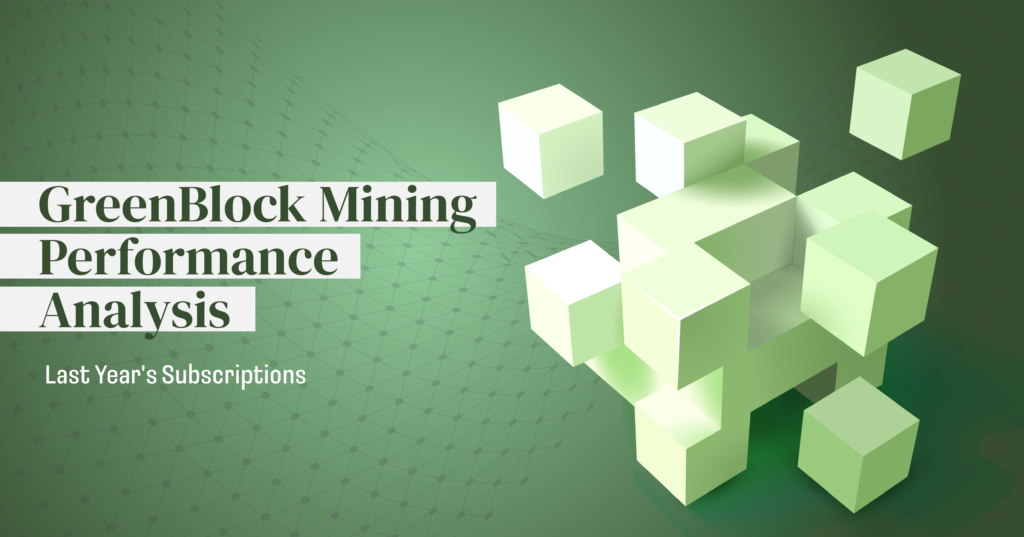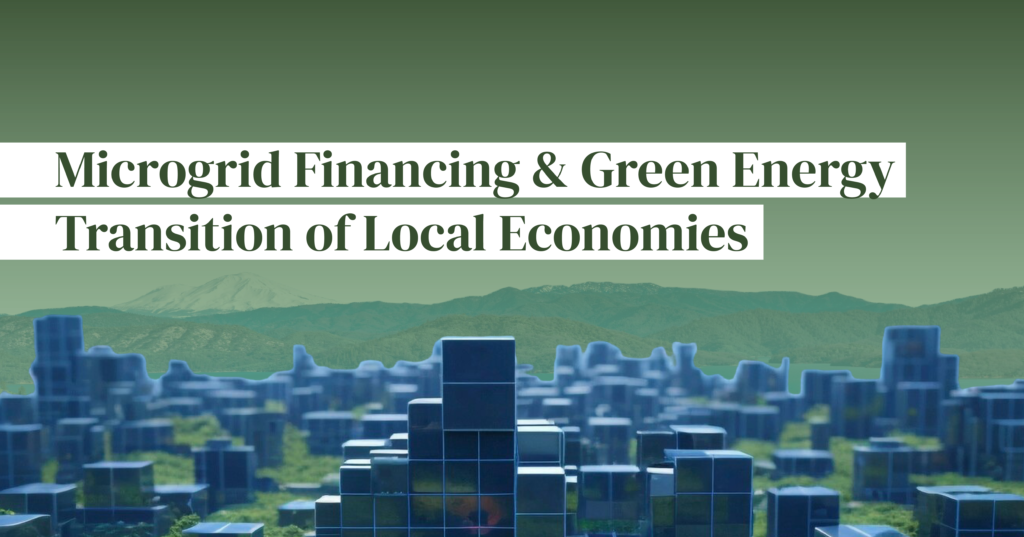As the world confronts climate change, renewable energy sources like solar and wind are crucial for reducing carbon emissions and creating a sustainable future. While these clean options hold great promise, integrating them into existing power grids poses significant challenges.
Advancements have made renewables more efficient and affordable, but their intermittent nature—sunlight and wind vary—can disrupt grid stability. Adapting our infrastructure, originally built for fossil fuels, requires technological and regulatory changes.
Addressing these challenges involves strategies like energy storage, smart grids, and demand response. Bitcoin mining as a flexible energy demand source can be one of the tools to overcome these challenges. Before diving into the specifics in the next article, we’ll address the challenges associated with increasing renewable energy shares and consider potential solutions beyond Bitcoin mining in the present article.
The Renewables Intermittency Challenge
The unpredictable nature of power output from wind and solar sources is known as renewables intermittency. These technologies only generate electricity when environmental conditions allow. Most people grasp that solar panels fall silent after sunset and wind turbines idle on windless days. However, the story doesn’t end there. Let’s explore five of these less-discussed forms and their implications for energy planning.

1. Rapid Fluctuations:
These occur as sunlight intensity shifts, clouds pass overhead, and wind patterns change. Traditional grid operations involve minor, constant adjustments in voltage and frequency, managed continuously to maintain power quality. Renewable energy introduces more dramatic real-time power fluctuations, demanding larger and more frequent adjustments from ‘online’ plants and occasional activation of ‘peaker’ capacity. This challenge intensifies as renewable energy’s share grows.
2. Daily Supply-Demand Misalignment:
Often, the average power generation from renewables doesn’t align with the typical daily electricity demand curve. For example, solar farms produce nothing at night, ramp up in the morning but continue to rise after the morning peak, reach their peak during low afternoon demand, and then decline even as demand grows in the evening. This creates a challenge of backing up renewable power supplies when they are either unlikely or unable to supply, necessitating the operation of power plants in a part-time, inefficient mode.
3. Excess Energy Dilemma:
Managing surplus solar power during midday or excess wind power at night presents another hurdle. Without adequate storage solutions, excess electricity must be addressed. This often involves curtailing or shutting down fossil fuel or nuclear plants, a costly and not easily reversible process. Alternatively, surplus power can be offloaded to neighboring markets, effectively exporting the issue. While renewable power has zero marginal cost, the expenses of shutting down and restarting conventional plants must be factored in.
4. Surplus Power Management:
Managing surplus solar power during solar’s afternoon generation peak or wind’s nighttime peak poses another challenge. Without sufficient storage solutions, excess electricity must be managed. This often involves curtailment or shutdown of fossil fuel or nuclear plants, which is costly and not easily reversible. Alternatively, surplus power can be ‘dumped’ into neighboring markets, effectively exporting the problem. While renewable power exhibits zero marginal cost, the expenses involved in shutting down and restarting conventional plants must be considered.
5. Low-Capacity Factors:
Solar farms typically generate only 20-25% of their nameplate capacity over the course of a year, while wind farms might achieve 40-45%. In contrast, Combined Cycle Natural Gas (CCNG) plants produce about 85% of their capacity, and nuclear plants over 90%. The lower capacity factors for renewables are a direct result of their intermittency, with production affected by time of day, weather, and seasonal variations. These low-capacity factors and unpredictable variability make renewables less suited for providing base load generation, necessitating large reserves of dispatchable power to compensate for fluctuations.
Ready to transform your mining strategy?
Our innovative approach to earning Bitcoin provides optimized exposure to mining returns without the traditional operational headaches.
Strategies for Effective Integration
To effectively integrate renewable energy into our power systems, several strategies are emerging:
1. Energy Storage:
Large-scale battery systems, like lithium-ion and flow batteries, and technologies such as pumped hydro storage, are essential for balancing supply and demand by storing excess energy for periods when generation is low. These storage solutions act as buffers, smoothing out the peaks and troughs of renewable generation and ensuring a steady supply of power.
2. Smart Grids:
Advanced grid management systems use real-time data and predictive algorithms to better balance energy supply and demand. These smart grids adjust distribution in response to changes in renewable energy output, optimizing the flow of electricity and enhancing grid stability. Smart grids also enable more efficient energy usage by providing consumers with information about their energy consumption patterns, encouraging more conscious usage.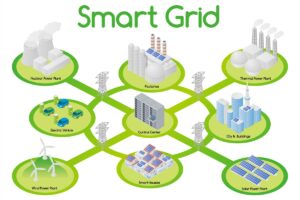
3. Demand Response:
Incentivizing energy users to shift their consumption patterns in line with renewable availability helps synchronize demand with supply. This strategy often involves rewarding energy use during peak renewable generation periods. Such an approach not only eases grid strain during high-demand times but also maximizes the utilization of abundant renewable energy. Bitcoin mining is uniquely positioned to serve as such a flexible energy consumer compared to most other energy consumers. In the upcoming article, we’ll delve deeper into why this is the case.
4. Hybrid Energy Systems:
Combining renewable sources with traditional power generation can offer a more reliable and consistent energy supply while reducing overall emissions. Hybrid systems can use fossil fuels or nuclear power to provide a steady base load, while renewables handle variable demand, resulting in a more balanced and resilient energy system.
5. Geographical Diversification:
Distributing renewable energy sources across various locations can mitigate local weather-related fluctuations. For example, pairing solar power from sunny regions with wind power from coastal areas can create a more stable and predictable energy supply. This diversification reduces the impact of localized weather events and enhances overall grid reliability.
6. International Grid Connections:
Strengthening interconnections between national and regional grids enables the transfer of renewable energy over larger areas, balancing out local variations in generation. International grid connections can facilitate the sharing of excess renewable power between countries, enhancing energy security and fostering cooperation in achieving climate goals.
Looking Ahead with Optimism
The integration of renewable energy presents technical and logistical challenges but also offers significant opportunities for innovation and the environment. The push for renewable energy is fostering advancements in storage technologies, grid management, and new forms of clean energy generation. As renewable technologies mature and costs decrease, they become increasingly competitive with traditional energy sources, potentially leading to long-term savings for consumers and businesses.
Committing to renewable energy is essential for reducing greenhouse gas emissions and combating climate change, preserving the planet for future generations. Renewables can also reduce reliance on imported fossil fuels, enhancing energy security for many nations. Governments, energy companies, and startups worldwide recognize the crucial role of renewable energy and are actively working to overcome integration challenges. Supportive policies, investments in research and infrastructure, and public-private partnerships are accelerating the development of clean energy technologies.
As we tackle the challenges of intermittency and grid integration, we’re not just solving an energy issue—we’re paving the way for a more sustainable future. The transition to renewable energy is complex but presents vast opportunities for technological advancement, economic growth, and environmental protection.
In the upcoming article, we’ll delve into how Bitcoin mining could potentially address some of the challenges we’ve explored. We’ll compare Bitcoin mining to other high-performance data centers, highlighting key differences in their requirements and examining why Bitcoin mining might be uniquely positioned to tackle certain issues. We’ll elaborate on the analogy of Bitcoin mining as the energy industry’s “dung beetle,” contrasting it with the “locust-like” nature of other data centers.

